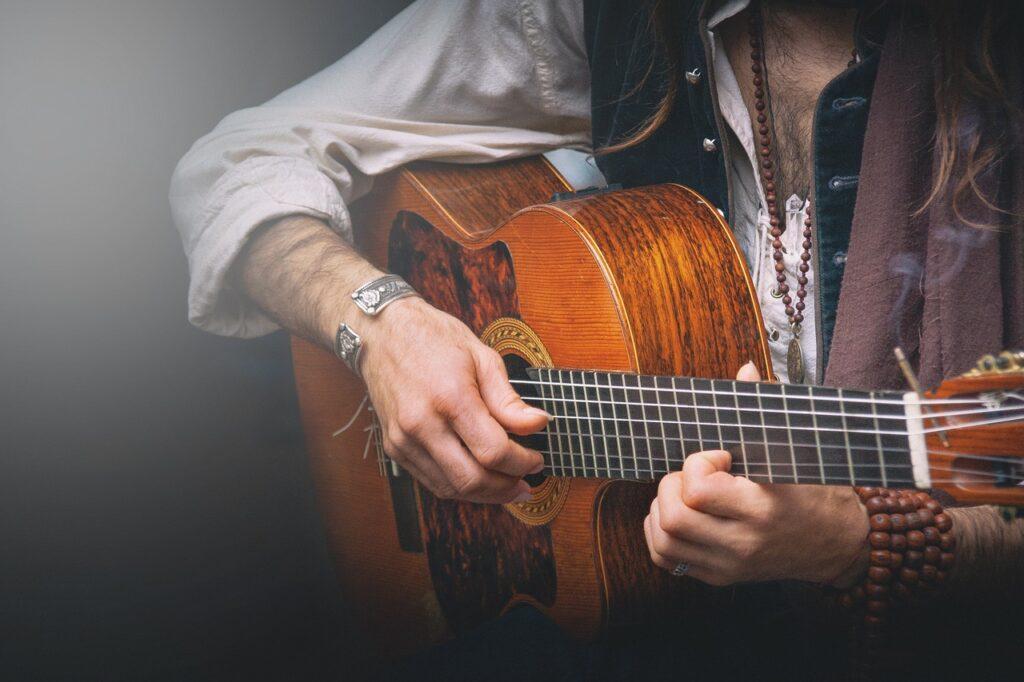“How do musicians find enough time to practice their instruments?” It can be challenging. Adults live busy lives, and kids have tons of homework, sports, and afterschool activities. However, it’s not hopeless. You just have to learn how to best structure the time you have. Keep reading to find out how it works. Estimated reading time 2 minutes.
Read More

